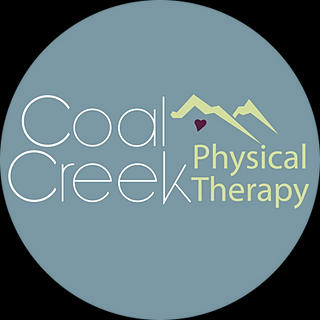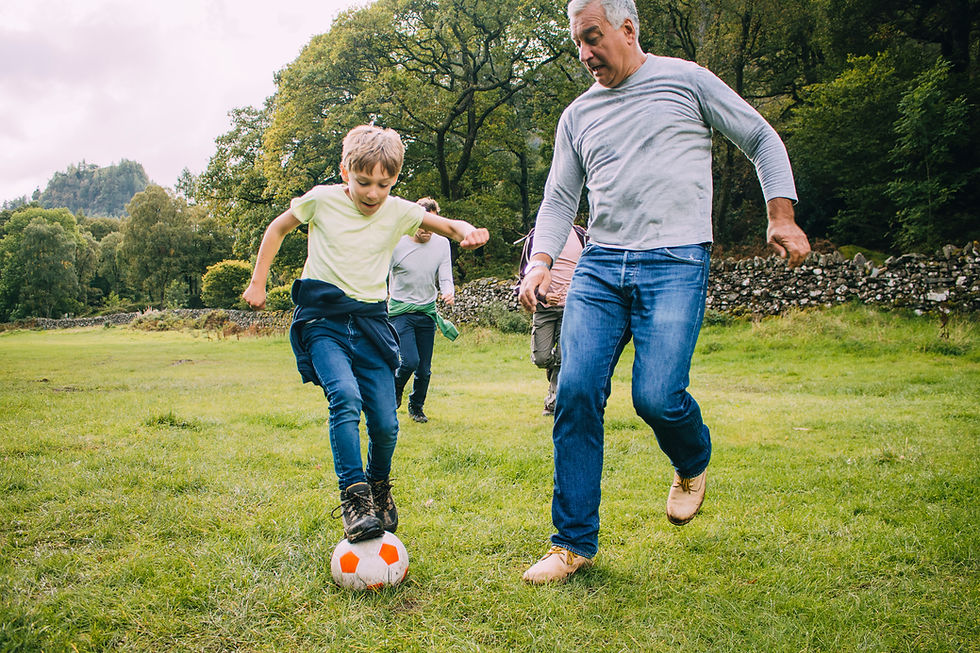Workplace posture
- Coal Creek PT
- Jan 16, 2019
- 2 min read
Good posture while at a desk is extremely important, especially when considering how many hours we spend at our desk each day. Whether it is a sitting or standing desk, there are many things to keep in mind to help with proper body alignment to prevent injuries.

Here are a few tips…
Chair
Select a chair that has good lumbar support and an adjustable seat height. The seat height should be adjusted so that your hips are level with or slightly above your knees with feet flat on the floor or a stable surface (i.e. stool). If you have a chair with armrests, they should be positioned to support your forearms when your shoulders are in a relaxed position.
Keyboard and Mouse
The keyboard and mouse should be positioned so that they are easy to use without reaching. When utilizing the keyboard or mouse, your wrists should be level with or slightly below your elbows to prevent excessive, prolonged elbow flexion. Your wrists should also be straight and not resting on any hard edges.
Monitor
The monitor should be positioned directly in front of you at about an arm’s length away, so you are not required to turn your neck to view the screen. The top of the screen should be in line with or slightly below your eye level to prevent unnecessary bending of the neck. If you use bifocals, adjust the screen to that it is at a height that allows for clear viewing without bending your neck.
Telephone
When using the phone, you should be careful to keep your head in neutral, without tilting to one side, and your shoulders relaxed, not raised up to your ears. If you frequently use the phone while performing other tasks, consider using speakerphone or a headset to avoid holding the phone using your shoulder.

Give these a try! Hopefully you will notice that you are able to work throughout the day without leaving your job with aches and pains. If you find that you are still leaving work with discomfort or pain, call us to set up an appointment with one of our Physical Therapists so we can work with you to give more specific recommendations and exercises.
Happy Working!
Kaitlin Wensinger, PT, DPT









Comments